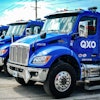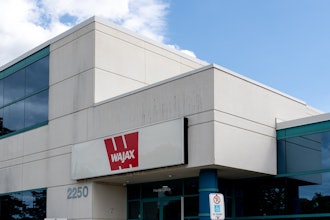“Demand in the first quarter developed in line with our expectations," said SKF President and CEO Alrik Danielson. "Net sales reached SEK 21.3 billion and organic sales were relatively unchanged compared to last year. Operating profit, at SEK 2.7 billion, was strong.
Our operating margin was 12.5 percent, as positive pricing and efforts to reduce our underlying cost base continue to show results. This is especially encouraging given that we had a negative effect from higher raw material prices in the quarter. Cash flow was SEK 684 million (SEK 259 million last year), a clear year-over-year improvement but still a focus for us to continue to improve during 2019.
The industrial business delivered a strong operating margin of 15.4 percent (15.0 percent last year) and an organic growth of 3 percent. Sales grew in all of our three main markets: Europe, Asia and North America.
The automotive business delivered a 5.5 percent operating margin (7.7 percent last year) and a negative organic sales development of 5.9 percent. The business was negatively impacted by significantly reduced sales volumes in North America and lower sales volumes in Europe and Asia. In general, performance across the truck market was stronger than cars across all regions, except for Latin America, where we saw strong sales also to the car segment.
We continue to place significant emphasis on strengthening our balance sheet, improving cash flow and minimising the impact of cost inflation. These efforts are showing on the bottom line and my firm belief is that SKF is in a very good position entering a market with slowing demand.
In the second quarter of 2019, we expect to see slightly lower volumes for the Group, relatively unchanged for Industrial and lower for Automotive.”






















